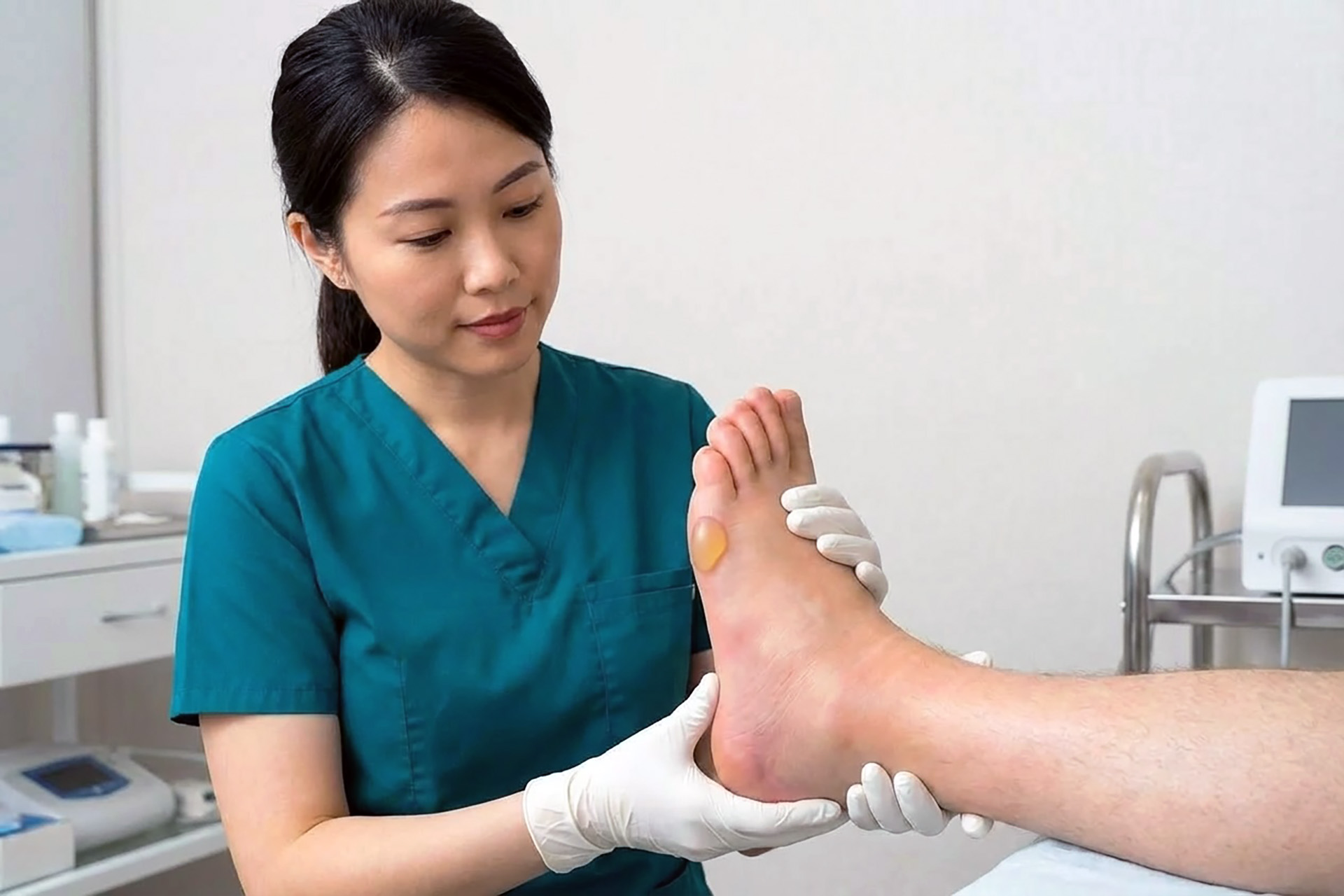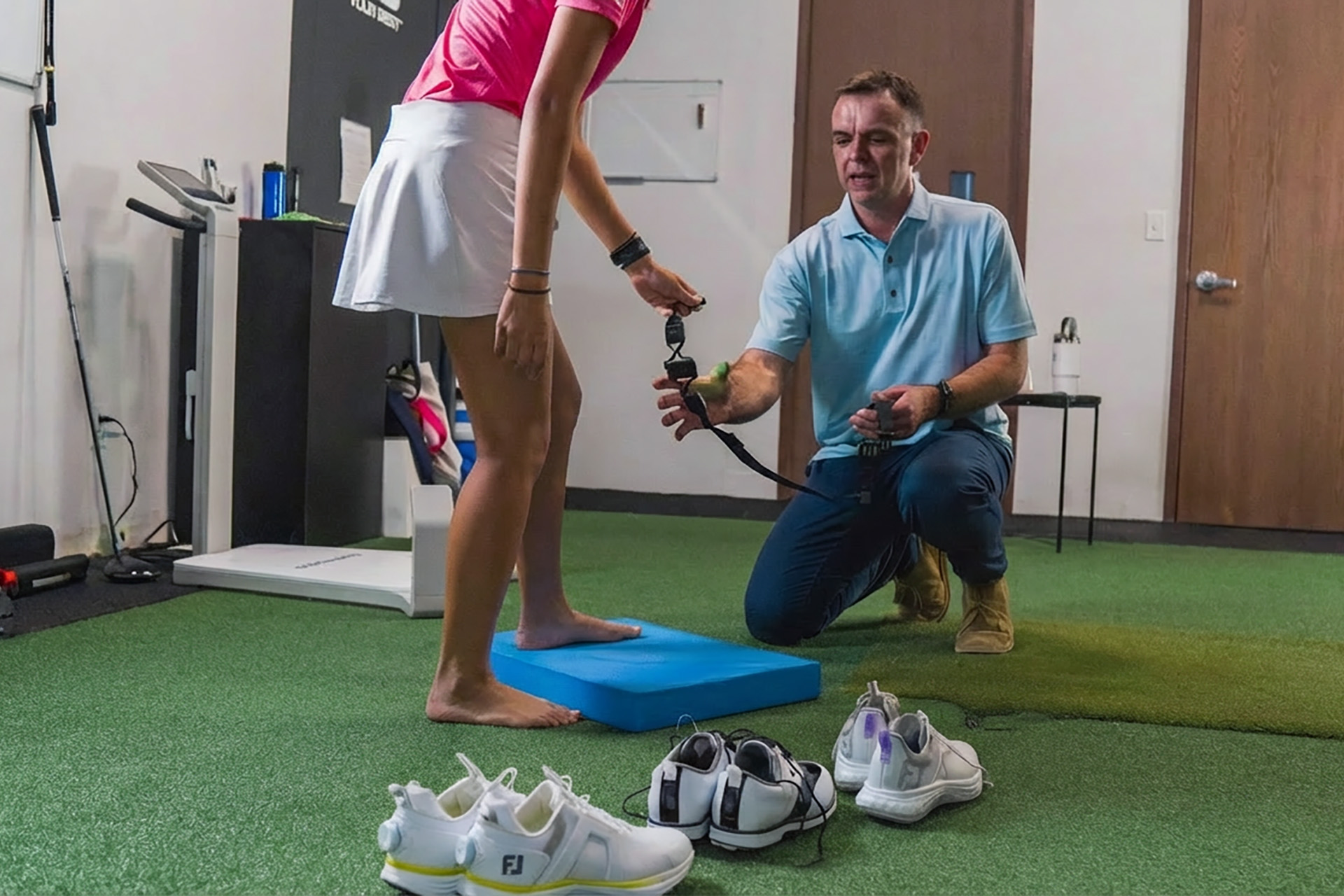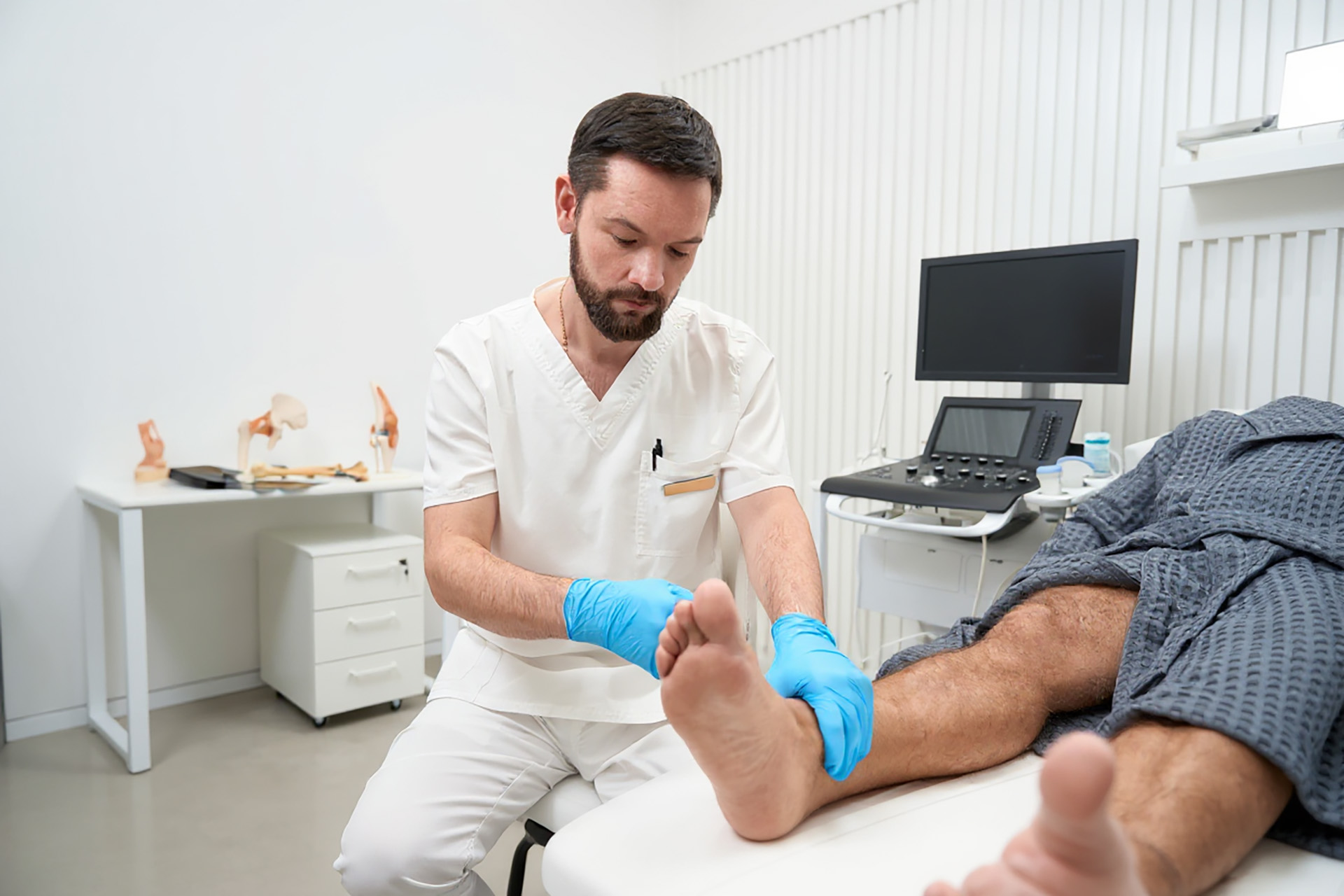One of the most common injuries for children’s feet are ankle sprains, as they develop their balance and mobility while running rambunctiously around the home, the park, or any other open space. Explore what paediatric ankle sprains are and how you, as a parent, can help your child through the healing process.
Are Ankle Sprains in Toddlers The Same as in Adults
Ankles in children and ankles in adults are mostly similar, though ankles in children are slightly less developed. Ankles are made up of three bones connected by ligaments. These ligaments stretch to allow the foot to move and keep the joint from moving around too much.
A paediatric ankle sprain occurs when the ligaments are overstretched, leading to tears around the ankle joint. As children’s bodies are still developing, the ankle and the attached ligaments are more prone to spraining as they’re less stable than adults. The good news is that as the body is still growing — and as the ligaments are still developing — children can recover from ankle sprains more easily than adults.


The symptoms of ankle sprains in children include pain, swelling around the joint, and inability to walk, bear weight, or use the joint. These symptoms may develop immediately after the injury or appear gradually over time. The ankle may also be tender, swollen, and possibly discoloured on the outside, below and just in front of the ankle bone.
Most mild sprains will heal within two weeks without consecutive complications. A child’s ankle sprain recovery time depends on their age, general health and the severity of the injury, but most ankle sprains heal within one to two weeks. It is important to seek advice from a podiatrist or foot doctor if the child has excessive swelling or pain, as this may indicate a more serious injury.
How Do I Know If My Child Has a Grade 3 Paediatric Ankle Sprain?
A grade 3 ankle sprain in children is a severe injury characterised by the complete rupture of the ligament around the ankle. The symptoms of a grade 3 ankle sprain include severe pain, swelling and significant tenderness around the ankle, redness and bruising around the area, and instability. These symptoms help the podiatrist or foot doctor to classify the ankle sprain as grade 3, as grades 2 and 1 present less severe symptoms.
A grade 3 ankle sprain is managed in three phases: inflammatory, proliferative and remodelling. It is best to get intervention from a podiatrist, as grade 3 injuries are more severe and require proper attention and longer recovery time.
How Are Paediatric Ankle Sprains Managed?
It’s important to note that ankle sprains can be managed at home. The old acronym you may have heard for a soft tissue injury is RICE (Rest, Ice, Compress, Elevate). Now, instead, we use the expanded PEACE & LOVE. PEACE is for immediate care, while LOVE is for sustained care.
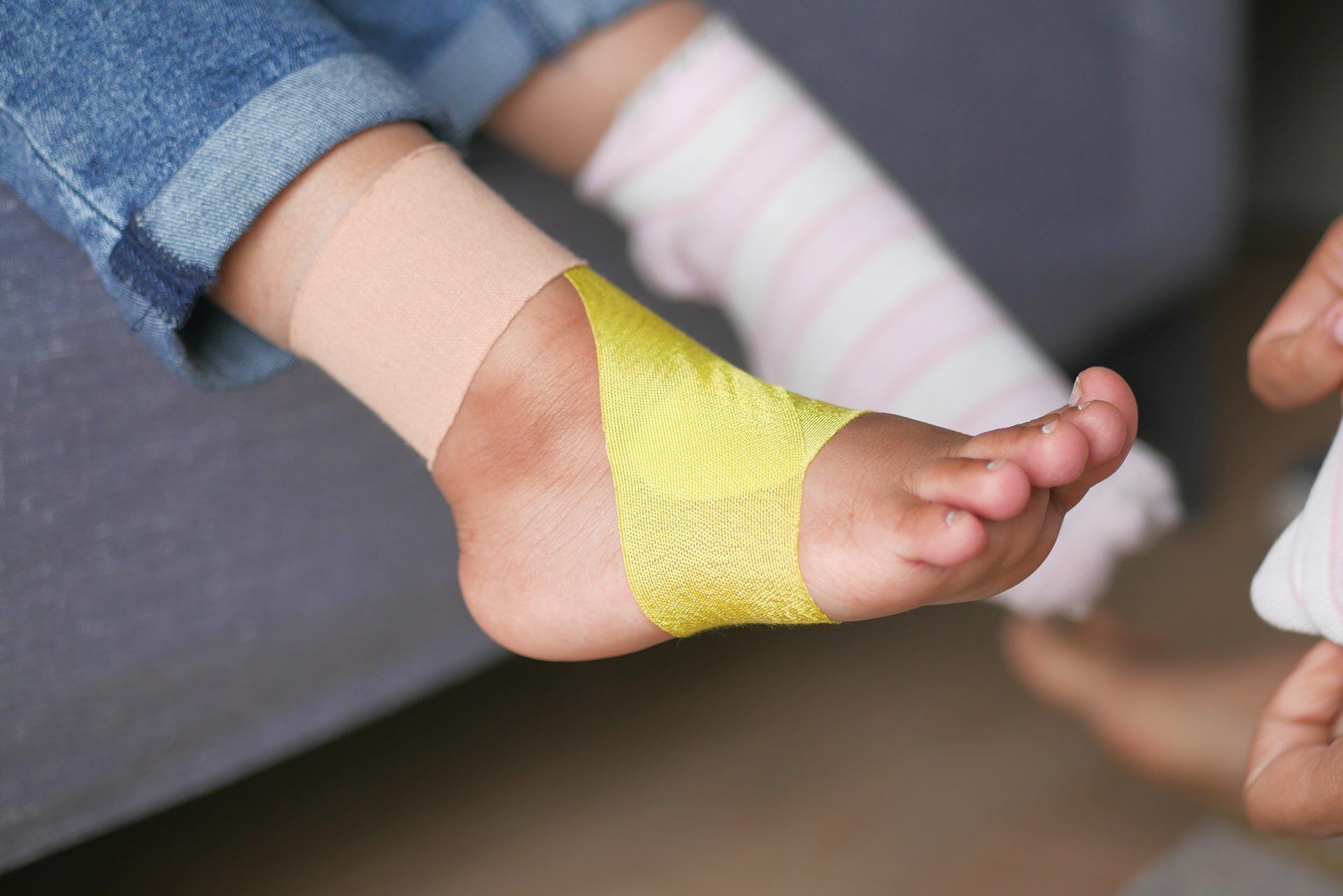

The terms Protect, Elevate, and Compress in the PEACE protocol are self-explanatory. The new aspect is the ‘A’ in PEACE, which stands for avoiding anti-inflammatories to permit swelling, a crucial part of the body’s natural healing mechanism. Using medications to prevent inflammation may adversely affect the recovery of soft-tissue injuries. The last E in PEACE stands for Educate. Make sure your child knows what to do and how they can recover from an ankle sprain.
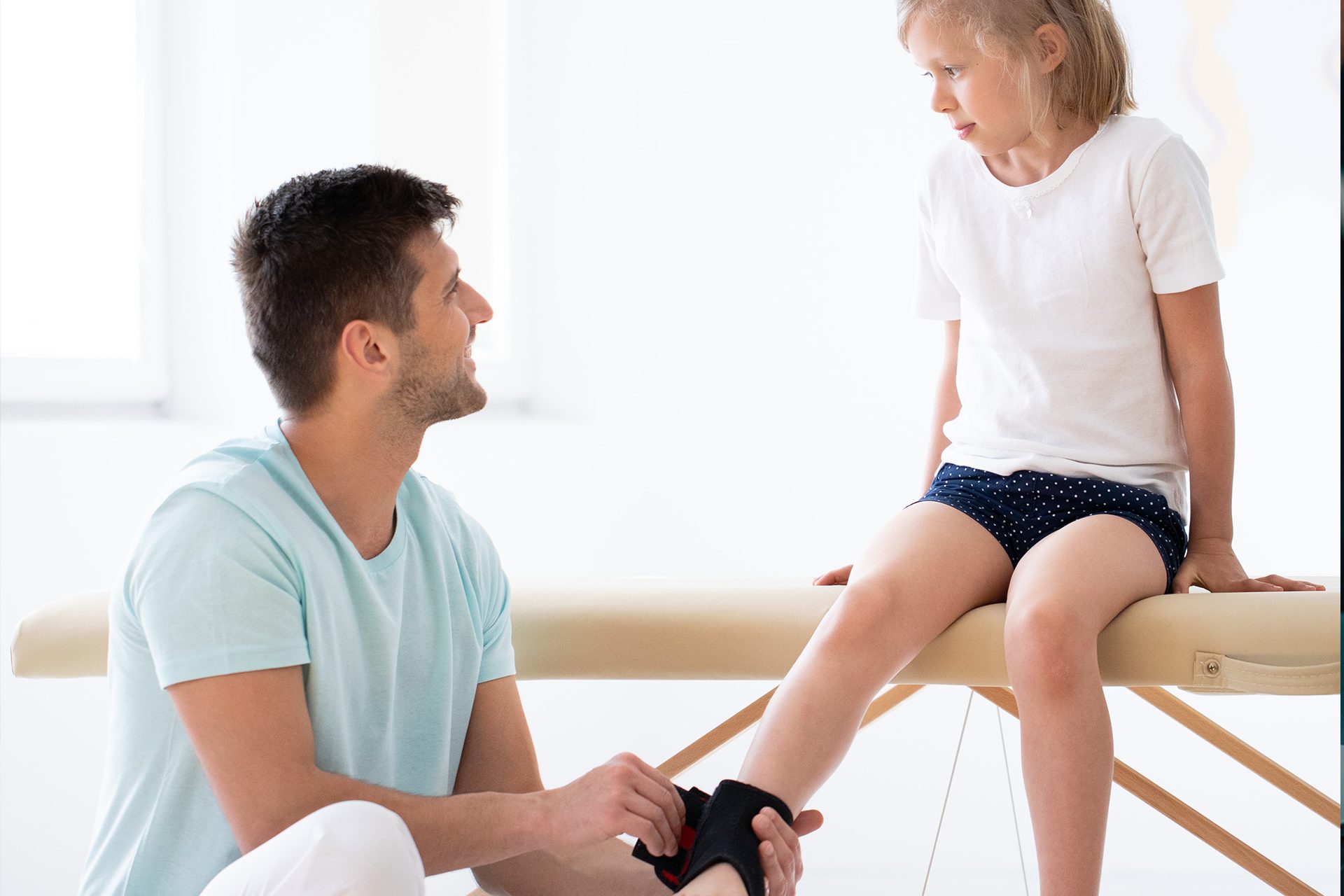

LOVE stands for Load, Optimism, Vascularisation, and Exercise. The crux of LOVE is to keep the body moving sustainably and measuredly. This probably won’t be hard, as your child will likely want to start moving almost immediately. But it’s important to make sure they’re being active in a safe way and not sitting around all day not being active at. For example, they should avoid making extreme moves like big jumps or sprinting until their foot is feeling better.
It’s a fine balance to achieving active recovery, which can be made easier by consultation with a paediatric podiatrist.
Get Your Child Moving Again with Paediatric Podiatry
If the injury can be largely managed at home, you may wonder how a paediatric podiatrist can help. There are a couple of different ways a podiatrist can intervene in your child’s recovery from a paediatric ankle sprain. A podiatrist can ensure there isn’t long-term damage to the ankle, which can be especially helpful if you’re unsure to what degree the ankle has been injured.
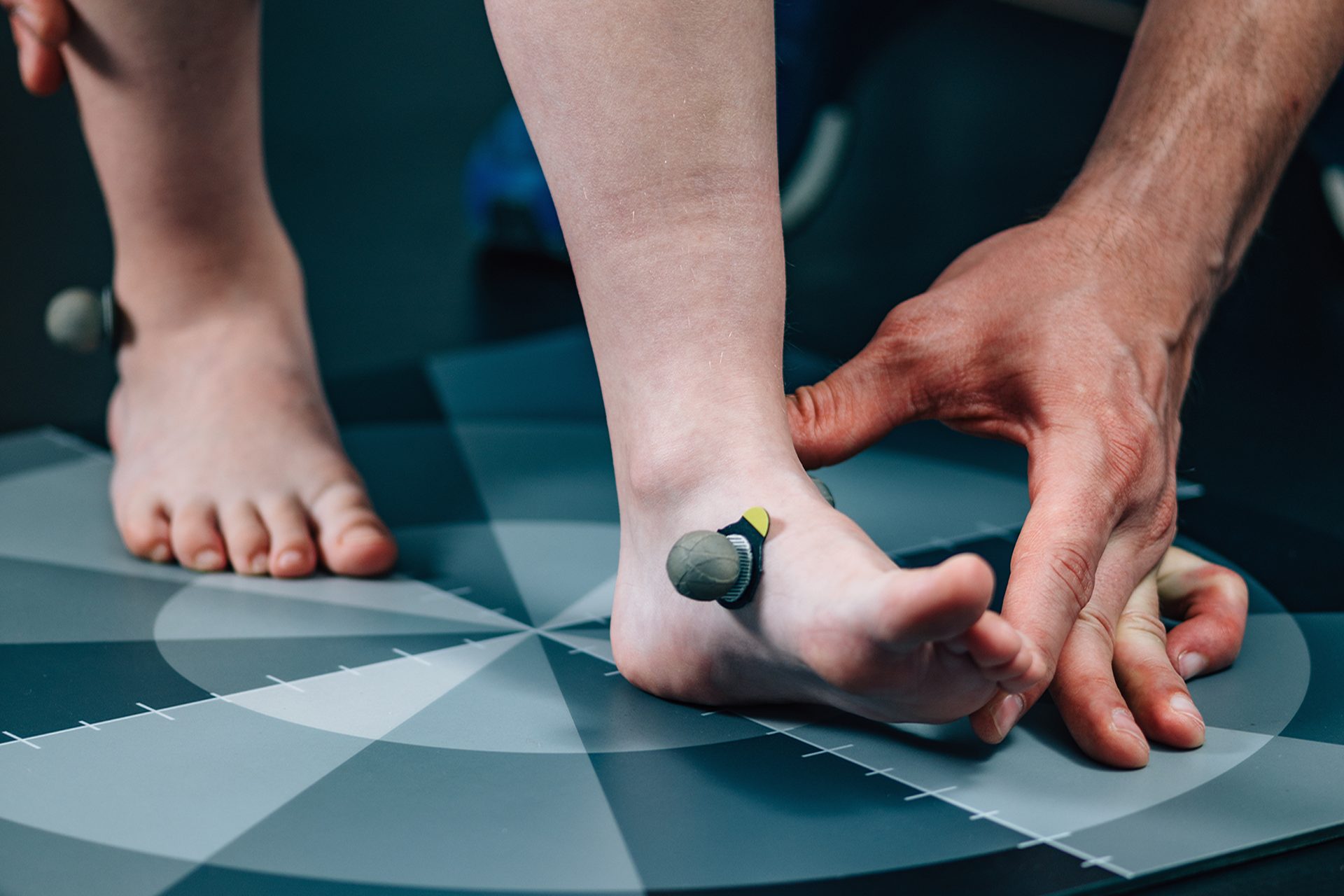

They can also help with the education process, assisting you in instructing your child to avoid further injuries.
Lastly, they can help with your child’s active recovery plan with various specific exercises designed to restore ankle strength and mobility. This can be especially important if your child is repeatedly spraining their ankle, which may be a sign of long-term instability.
The nature of the injury also determines what type of exercises would be effective. If you resort to online research only, you may end up using exercises that don’t have any effect or stifle your child’s development.
If you’re concerned about your child’s ankle health, schedule a consultation with The Foot Practice today.


